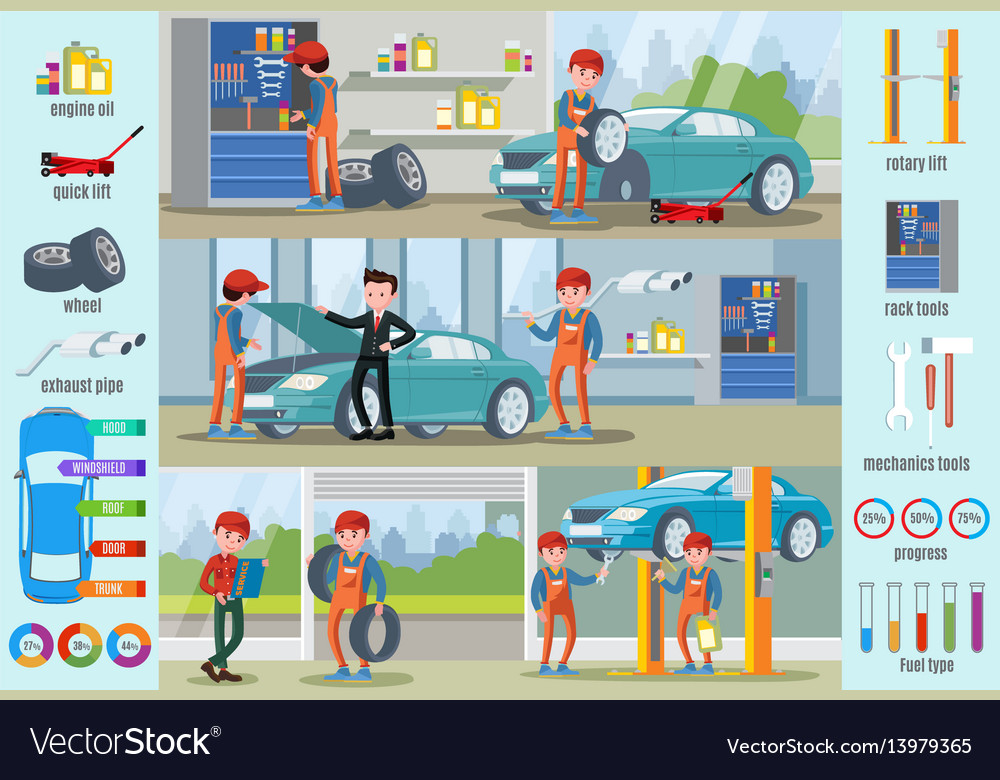Seeking Clearness On The Caution Lights Showed On Your Vehicle'S Dashboard? Find Out Just How They Associate With Your Car'S Health And Safety
Seeking Clearness On The Caution Lights Showed On Your Vehicle'S Dashboard? Find Out Just How They Associate With Your Car'S Health And Safety
Blog Article
Write-Up By-Higgins Alvarado
When you lag the wheel, those beautiful caution lights on your control panel can be a bit bewildering. Do you understand what they're attempting to inform you about your automobile's health and wellness? Comprehending the importance of these lights is crucial for your safety and the longevity of your vehicle. So, the following time one of those lights turns up, wouldn't you want to understand its message properly and take the needed actions to resolve it?
Common Warning Lights and Interpretations
Recognize typical warning lights in your auto and comprehend their meanings to make sure secure driving.
The most regular warning lights include the check engine light, which signifies concerns with the engine or exhausts system. If this light comes on, it's crucial to have your lorry examined promptly.
The oil pressure advising light shows reduced oil stress, calling for prompt focus to avoid engine damage.
A blinking battery light may suggest a faulty billing system, potentially leaving you stranded if not addressed.
The tire stress monitoring system (TPMS) light alerts you to low tire stress, influencing vehicle stability and gas efficiency. Overlooking this could cause risky driving problems.
boatdetailing indicates an issue with the anti-lock stopping system, compromising your capability to stop quickly in emergency situations.
Lastly, the coolant temperature warning light warns of engine overheating, which can result in severe damage if not fixed quickly.
Comprehending more information will aid you resolve issues immediately and preserve secure driving problems.
Relevance of Prompt Interest
Understanding the usual warning lights in your car is only the initial step; the relevance of promptly attending to these cautions can not be highlighted enough to guarantee your safety when driving.
When a warning light illuminates on your control panel, it's your car's means of communicating a prospective concern that needs interest. Overlooking these warnings can lead to more severe issues down the road, compromising your safety and security and potentially costing you more out of commission.
Prompt focus to advising lights can protect against failures and crashes. As an example, a flashing check engine light could suggest a misfire that, if left neglected, can create damage to the catalytic converter. Addressing this immediately can save you from a pricey repair.
Likewise, a brake system advising light might signal low brake liquid or worn brake pads, vital components for your safety and security when driving.
DIY Troubleshooting Tips
If you notice a caution light on your control panel, there are a couple of DIY troubleshooting tips you can try prior to seeking specialist aid.
The initial step is to consult your auto's handbook to understand what the details warning light suggests. In some cases the problem can be as straightforward as a loosened gas cap triggering the check engine light. Tightening up the gas cap may deal with the issue.
An additional typical problem is a reduced battery, which can cause different warning lights. Inspecting the battery connections for deterioration and guaranteeing they're protected could take care of the trouble.
If a warning light continues, you can attempt resetting it by detaching the vehicle's battery for a few minutes and then reconnecting it. Additionally, checking your vehicle's liquid levels, such as oil, coolant, and brake liquid, can help fix advising lights associated with these systems.
Verdict
Finally, recognizing your car's caution lights is necessary for keeping your car running efficiently and safely. By promptly addressing these alerts and understanding what they imply, you can avoid expensive repair services and possible breakdowns.
Remember to consult your automobile's handbook for certain information on each cautioning light and do something about it accordingly to ensure a trouble-free driving experience.
Stay notified, stay safe on the road!
